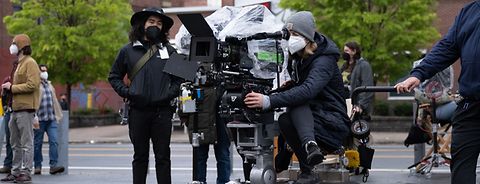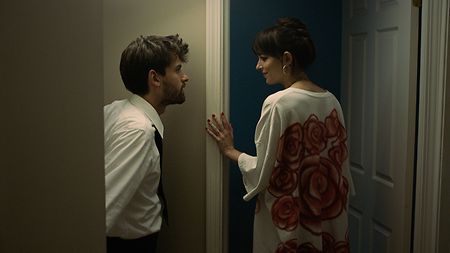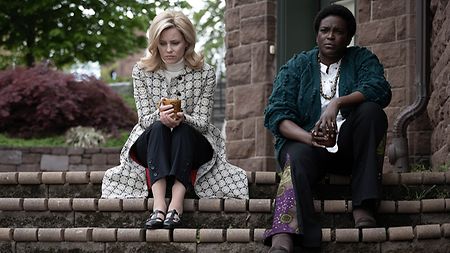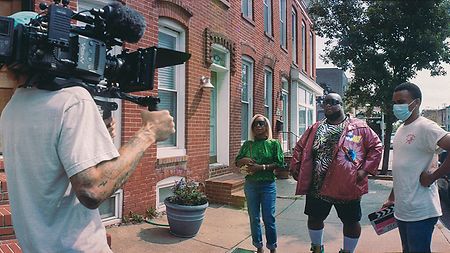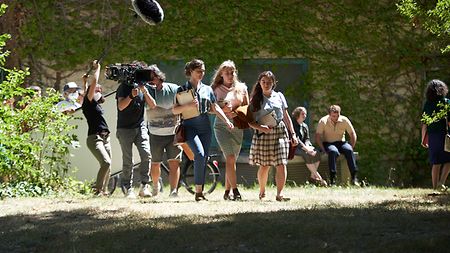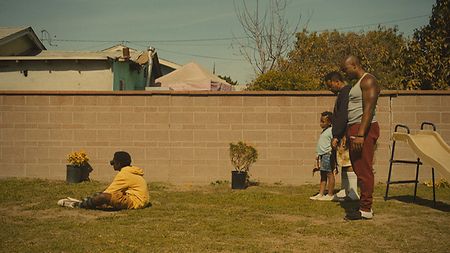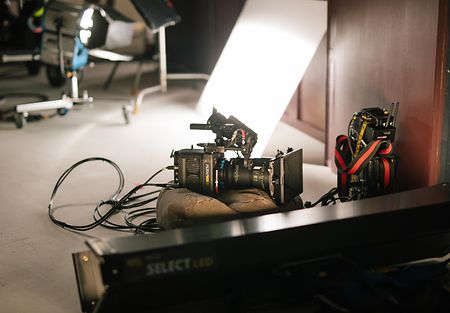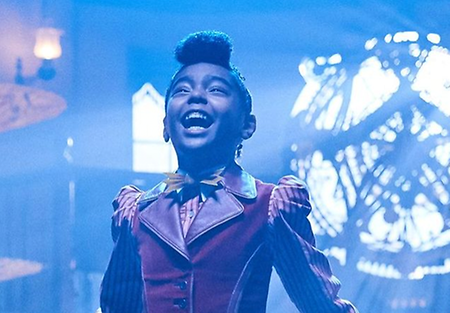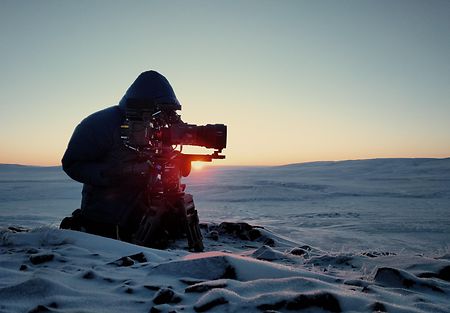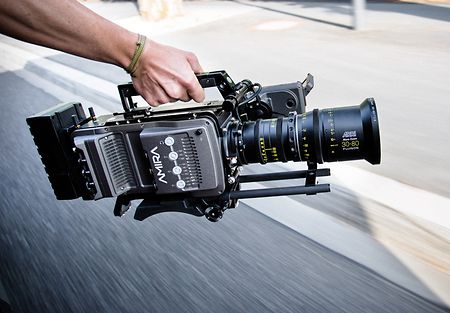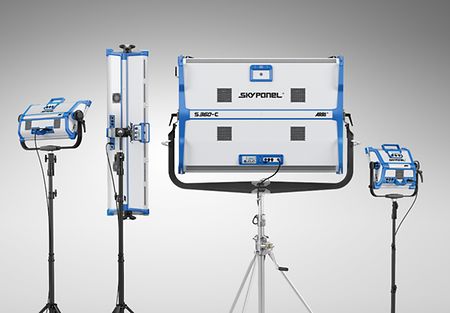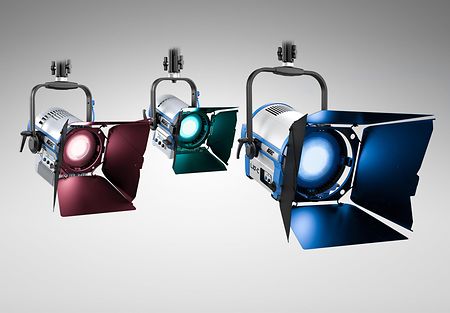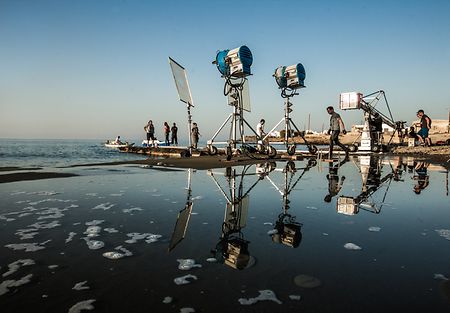“Fresh” by DP Pawel Pogorzelski
Film still from “Fresh.” Photo courtesy of Sundance.
“Fresh” depicts the horrors of modern dating through the example of one woman whose new boyfriend turns out to have some disturbing appetites. Pogorzelski, who made his mark with “Hereditary and Midsommar,” does thorough testing on each project. In this case, his experiments led him to the ARRI ALEXA LF and Panavision 70 lenses, expanded for the larger sensor area.
“We went with the large format in part to isolate the characters, as well as some of the food,” says Pogorzelski. “For me, the LF also has a softness to the image. There’s an elegance that is really pleasing to the eye when you watch the big screen, and I think that’s why I’ve been geared more towards it recently.”
Some test time was dedicated to the food shots, but not much. “We did do tests with a chef, who prepared some really funky stuff for us,” says Pogorzelski. “When they went in front of the camera with one light, everyone was grossed out. But I was never too worried about getting the food right—I’m always more worried about getting the emotions of the characters to the screen.”
A significant portion of the film takes place on a built stage. Exterior locations included some forest scenes, which Pogorzelski describes as tough. “The actors were outside, and it was very cold,” he says. “Sometimes I had to move quickly, and it wasn’t lit perfectly. But I was able to recover nicely thanks to the LF. It was quite helpful to have this powerful tool, and it was fun to see the results turn out so well in the DI in spite of the circumstances.”
